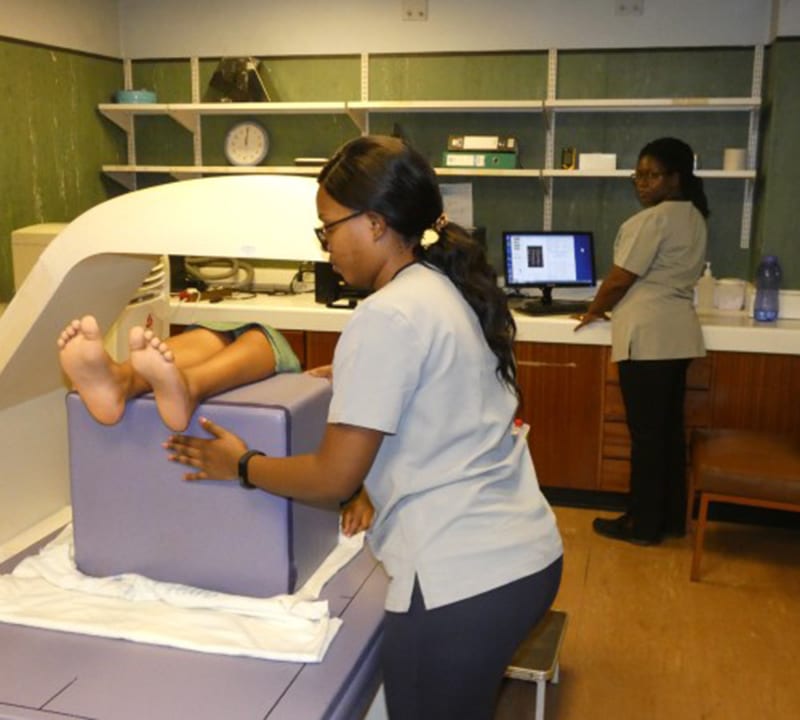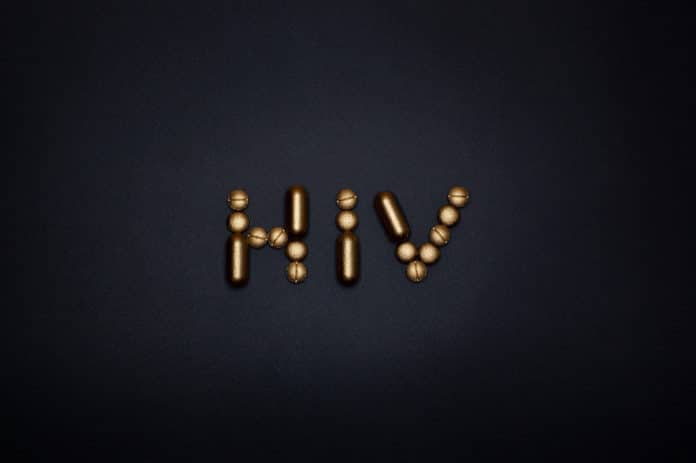Both faltered linear growth, and pubertal delay are common in children with HIV in sub-Saharan Africa. The conditions might affect adolescent bone accrual and future fragility fracture risk.
A new study by the Universities of Zimbabwe, Bristol, the Biomedical Training and Research Institute in Zimbabwe, and the London School of Hygiene & Tropical Medicine (LSHTM), investigated the association of HIV with bone density adjusted for skeletal size.
Tenofovir disproxil fumarate (TDF) is the most commonly used antiretroviral-HIV drug across sub-Saharan Africa. Scientists identified a link between these skeletal deficits and the drug. They found some concerning results of the drug on the skeletal health of adolescents across the region.
The study enrolled 303 children with HIV and 306 without HIV to compare bone deficits and density. Scientists found marked deficits in bone density common in children with HIV, who have a substantially higher prevalence of low bone density than their HIV-uninfected peers. However, HIV on bone density was most marked in the last stage of puberty, significantly affecting the spine in females.
The use of TDF was strongly found to be linked with bone deficits, particularly affecting the total body.

Dr. Ruramayi Rukuni, a Wellcome Ph.D. The fellow who led the study in Harare, Zimbabwe, said: “This is the largest study to date to investigate the effect of HIV infection on skeletal health in children in sub-Saharan Africa. Our results provide us with novel insights into the long-term effects of HIV infection and its treatments on the health of the skeleton.”
Celia Gregson, Professor of Clinical Epidemiology at Bristol, who provided musculoskeletal expertise on the study, added: “We found that taking TDF, which is the first-line anti-HIV drug for children age ten years and older or who weigh at least 25 kgs, for four years or more as part of your treatment for HIV was linked with much lower bone density, to a level that translates clinically to an approximately 50 percent increase in both childhood and adult fracture risk. That is unless one can intervene to reduce this risk.”
Rashida Ferrand, Professor of International Health at LSHTM, explained: “This study underscores the importance of addressing the long-term adverse impacts of HIV infection on the bone health of children living in sub-Saharan Africa. Suppose the bone deficits this study has identified persist into adulthood. In that case, this region in Africa risks seeing a growing number of fractures over the years to come, which will place pressures on already under-resourced health systems.”
Journal Reference:
- Ruramayi Rukuni et al. Effect of HIV infection on growth and bone density in peripubertal children in the era of antiretroviral therapy: a cross-sectional study in Zimbabwe. DOI: 10.1016/S2352-4642(21)00133-4
